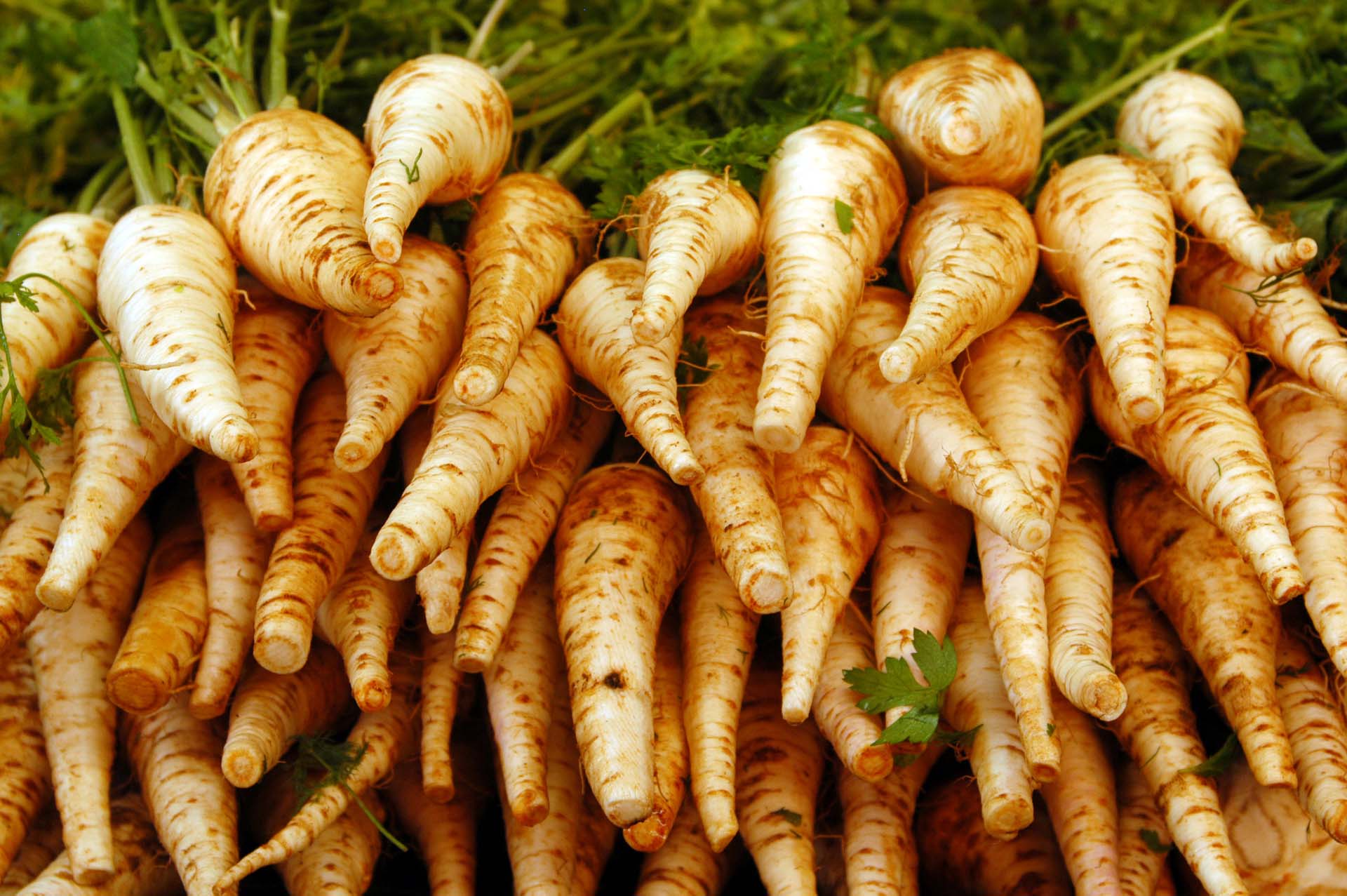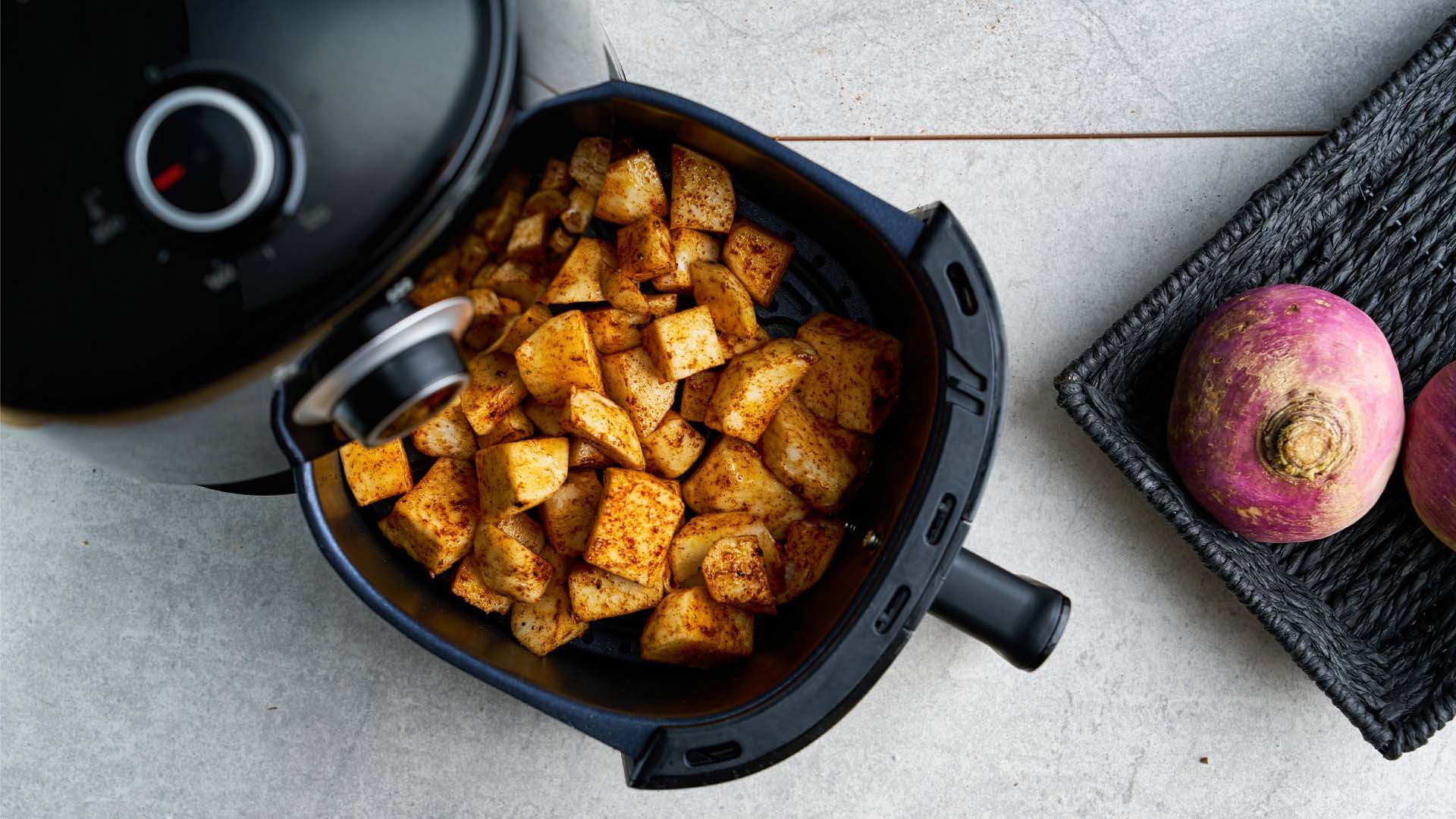Fancy a snack? What to eat to avoid blood sugar spikes
Nutritionist Ann Garry reveals the one rule she always sticks to when it comes to snacking, plus other tips.
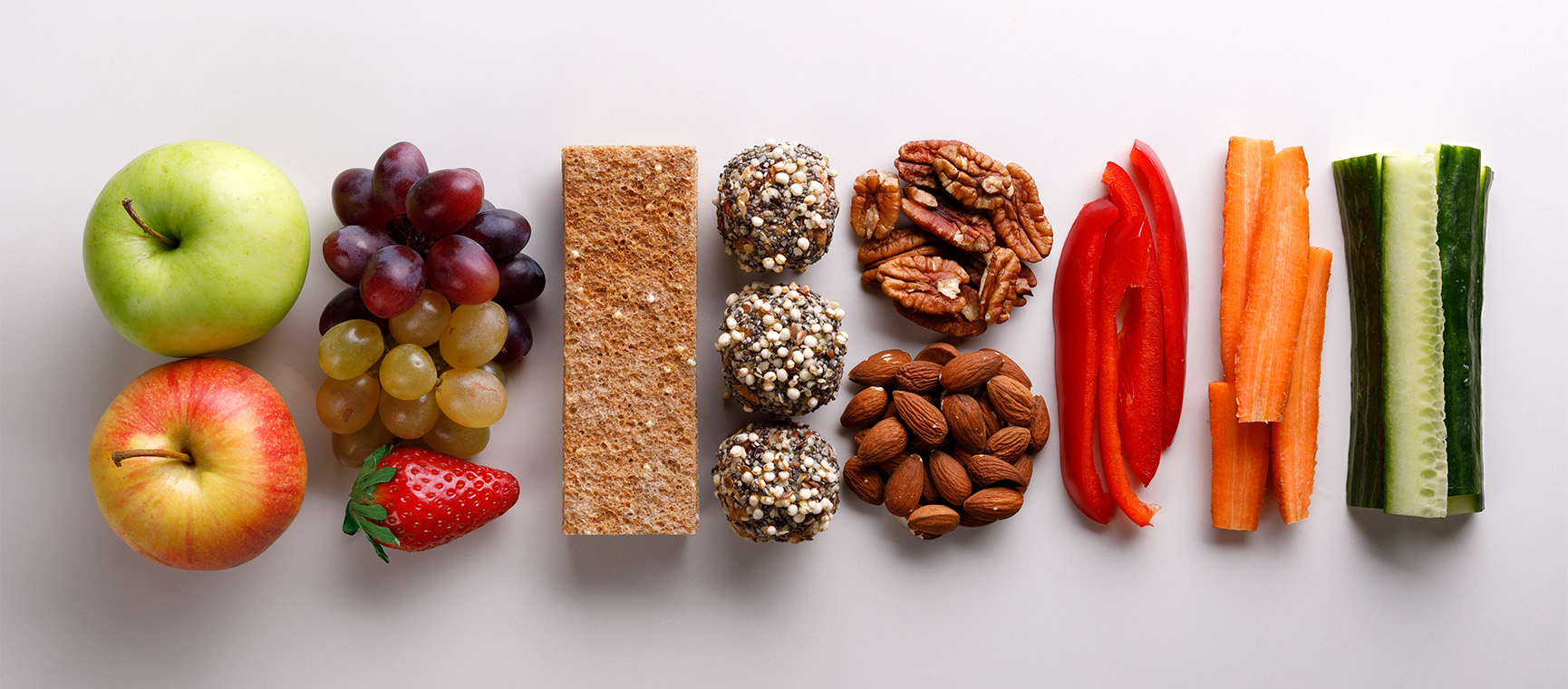
Nutritionist Ann Garry reveals the one rule she always sticks to when it comes to snacking, plus other tips.

Snacking in between meals is not always advised but sometimes it’s unavoidable - and even necessary at times. But as we know, some snacks can cause blood sugar spikes and crashes. And while the body has an inbuilt system to deal with blood sugar increases, if you have too many large, fast increases in blood sugars, it can affect your energy, mood, hunger levels and health over time.
With the weather getting colder, we are more likely to snack, so we spoke to Ann Garry – CEO and co-founder of Health Coaches Academy and a registered nutritionist – to break down the science and share practical snack pairings that avoid sugar spikes and crashes.
“The truth is, you shouldn’t need to snack if your main meals are balanced,” Ann said. “Constant cravings are usually a sign you’re not eating enough protein, fibre or healthy fats at breakfast, lunch or dinner. When those meals are built properly with whole foods that keep blood sugar steady, your energy should last for hours without the 3pm crash.
“Coffee and sugary snacks might give you a quick jolt, but it’s short-lived, and the crash that follows leaves you more depleted before the day is done. The right types of snack will give you calm, steady energy that supports focus and productivity. That comes back to blood sugar balance.”
Ann gave us her top tips when it comes to snacking and the one rule she sticks to: never eat carbs alone or first – pair them with protein, fibre or healthy fats.
“The best snack is one that does not destabilise your blood sugar. That means focusing on protein and pairing it with carbohydrate, fibre or healthy fats so you experience calm, steady energy instead of a sugar high and crash.
“For example, apple slices with nut butter or oatcakes with hummus [see below for more suggestions]. It’s less about a single ‘super snack’ and more about how you combine foods.
“Fibre plays a role too. Beginning a meal with vegetables or pulses slows digestion so that the carbs that follow are slower releasing. People also find this approach easier to stick to than strict portion-control and calorie counting, because it’s practical and easy to understand.
“When it comes to snacks, the same principle applies – don’t eat carbs on their own. A piece of fruit or a handful of sweetened yoghurt can give you a sugar spike, but paired with protein, fibre or healthy fats, you are more likely to provide a steady fuel source and avoid that crash.”
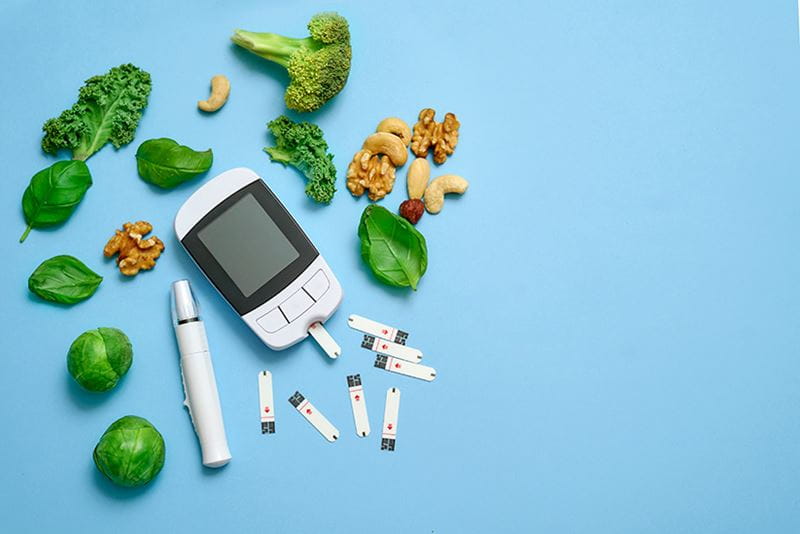
“Studies show that starting a meal with vegetables and protein before moving on to carbohydrates can cut post-meal blood sugar spikes by more than a third. It’s a simple change that makes a big difference to energy, weight management and long-term health.
“Eating protein or healthy fats first helps the body release hormones that keep blood sugar steady and appetite in check. Research has even shown that having protein before a high-carb meal can lower blood sugar as effectively as some diabetes medications.
“Research shows the way we combine foods is strongly linked to better heart and metabolic health (long-term health), and because everyone’s body reacts differently to carbs, pairing is the simplest trick that works for us all.”
“As we age, our bodies naturally become less efficient at handling big blood sugar spikes. That means snacks like biscuits, pastries, sweets or even fruit on its own can leave you feeling tired, hungry again quickly, and put more strain on your metabolism.
“High-sodium foods should also be limited, as high levels of salts are known to raise blood pressure, which can in turn increase the risk of heart attacks. This means avoiding typically salty snacks such as crisps and minimising some cheeses like feta and halloumi.”
“I always encourage people to stop eating at least two to three hours before bed. Late-night snacking can interfere with sleep quality and digestion, and it usually means reaching for sugary or salty foods that don’t support your body overnight.
“If you genuinely feel hungry in the evening, that’s often a sign your meals earlier in the day weren’t balanced enough. A simple tip is to front load your protein earlier in the day, so you feel fuller for longer.”
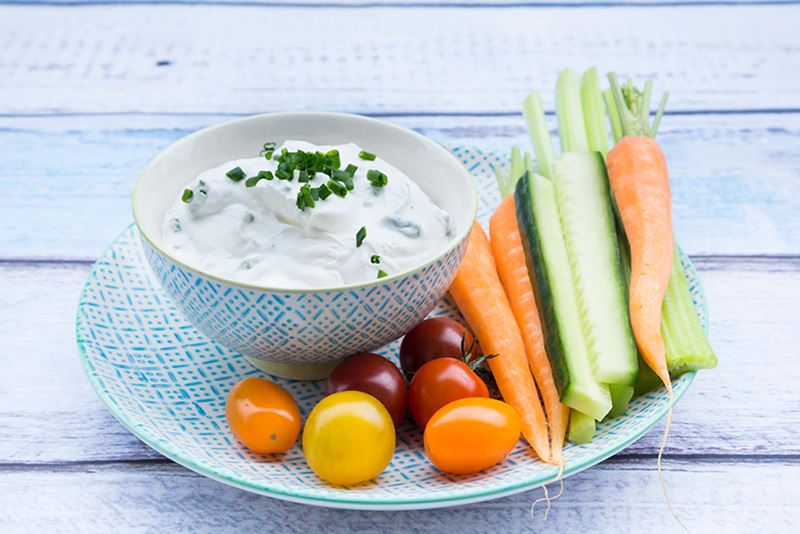
“Packed with both protein and fibre, they digest slowly and keep you feeling fuller for longer. Add a small amount of smoked paprika, cumin or chilli flakes before roasting for a crunchy, savoury fix that beats crisps.
The reason why these pulses don’t spike blood sugar and can be eaten alone is due to their protein and fibre content, making them a low glycemic load food.”
“Carrots, peppers and cucumbers are hydrating and rich in fibre. You can level up regular hummus with seasonal beetroots to add plant-based, antioxidants and colour to your snack.”
“Oats are a slow-release carbohydrate for most of us, far steadier than white bread or crackers. Adding cheese delivers protein and fat to extend the release of glucose, while fresh chives bring flavour and antioxidants.”
“Pan popped popcorn is wholegrain, making it a fibre-rich base. For something new, try adding a teaspoon of Marmite for natural B vitamins, and nutritional yeast for a cheesy flavour plus extra protein. Together these make a moreish umami snack.”
“Pumpkin seeds are high in magnesium and zinc, important for energy, stress and immunity. They are also rich in healthy fats. Roasting them with rosemary and sea salt makes them savoury and a nice autumnal snack.”
“Fruit on its own can spike blood sugar, but pairing crisp apple or pear slices with nut butter adds healthy fats and protein to slow the release.
Cinnamon also supports the body’s natural ability to regulate blood sugar.”
“Good quality natural Greek yoghurt has twice the protein of standard yoghurt, blackberries are low in sugar but high in fibre and antioxidants, and cacao nibs add crunch and a hit of flavonoids without the sugar of chocolate chips.”
“Dates bring natural sweetness, but when blended with oats, walnuts or cashews and warming spices like nutmeg or cinnamon, they become a balanced energy ball.
The mix of fibre, protein and fat keeps energy steady, unlike a biscuit or chocolate bar.”
(Hero image credit: Getty Images)
Kate Randall is Saga Magazine's Digital News Editor. Kate has more than 20 years experience in print and digital journalism and specialises in news, entertainment and lifestyle.
In her spare time, she loves trying out the latest exercise trends and fitting in as many holidays as she can.
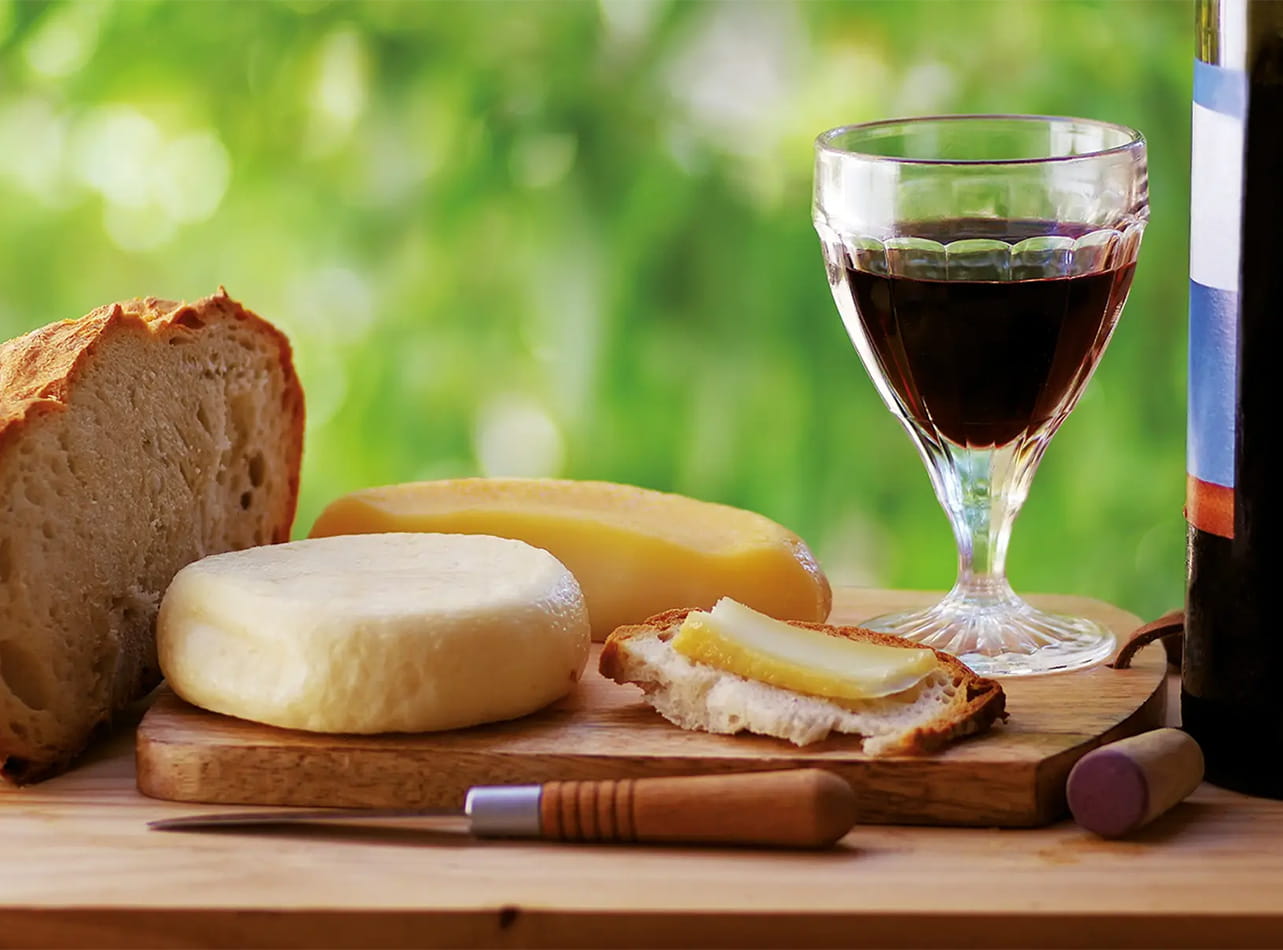
Find out about Saga's gastronomy holidays here...
They say the way to the heart is through the stomach, and Saga’s thoughtfully crafted food and wine holidays are perfect if you like trying new flavours and exploring traditional methods of cooking.
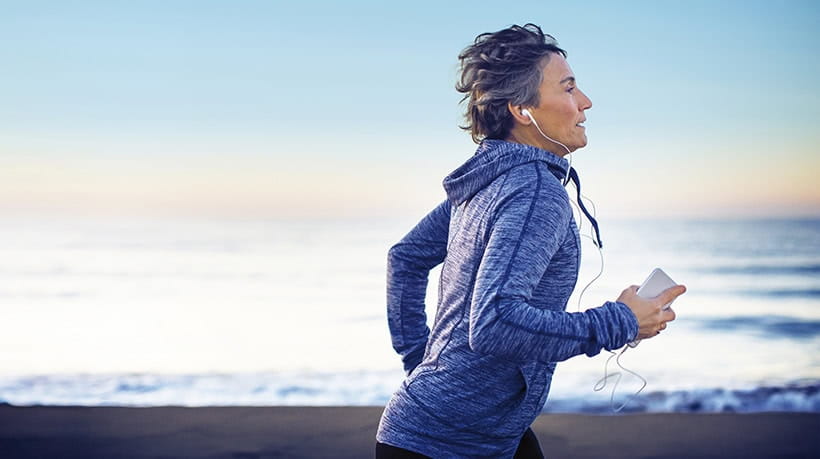
Health insurance for people over 50 that provides a quicker route to diagnosis and planned medical treatment in a private facility.
Underwritten by Bupa Insurance Limited.

We reveal the 7 best tinned foods to supercharge your health while saving you time and money.

Just four teaspoons of olive oil a day can reduce heart disease risk in six weeks, according to research.
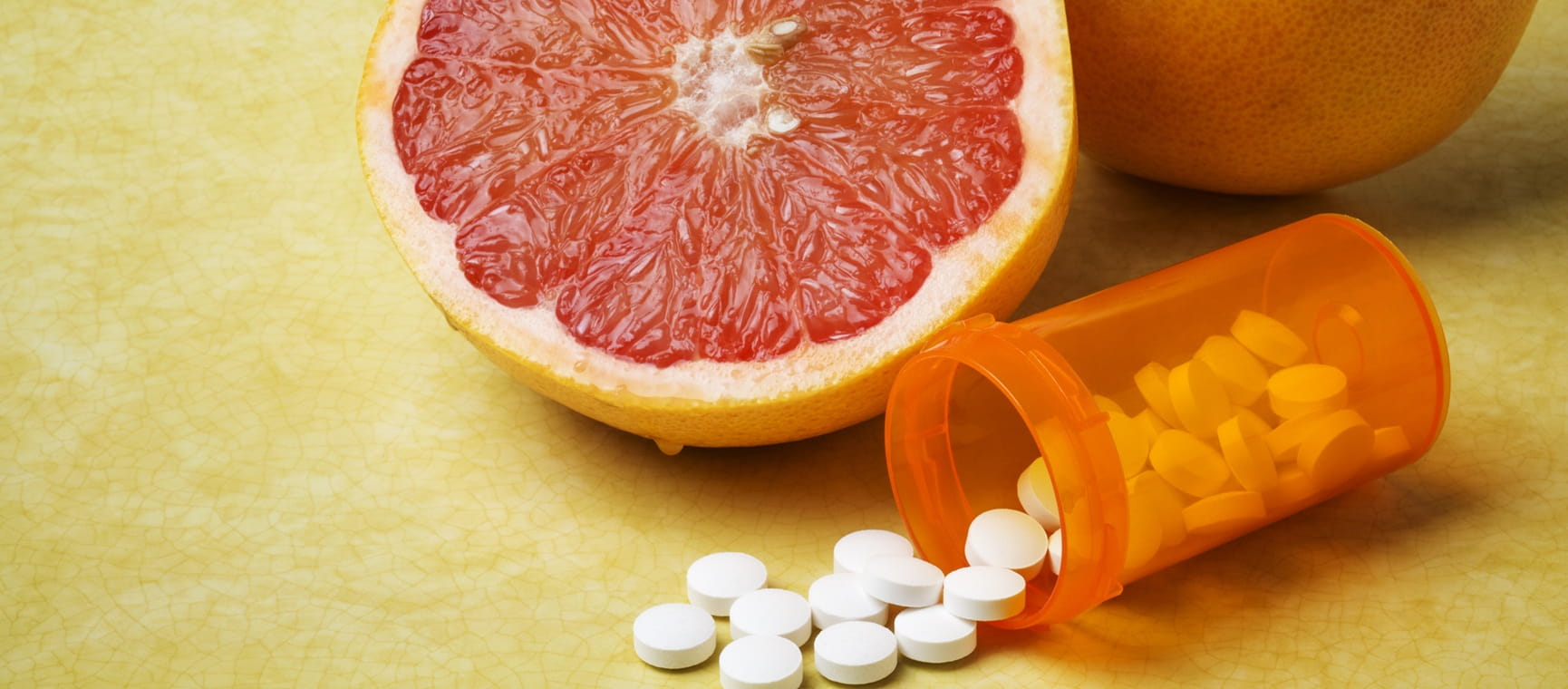
Our expert guide to the common foods you shouldn't mix with prescription drugs.

Experts reveal whether chilled supermarket soups are worth the extra cost and if some flavours are better for you than others.
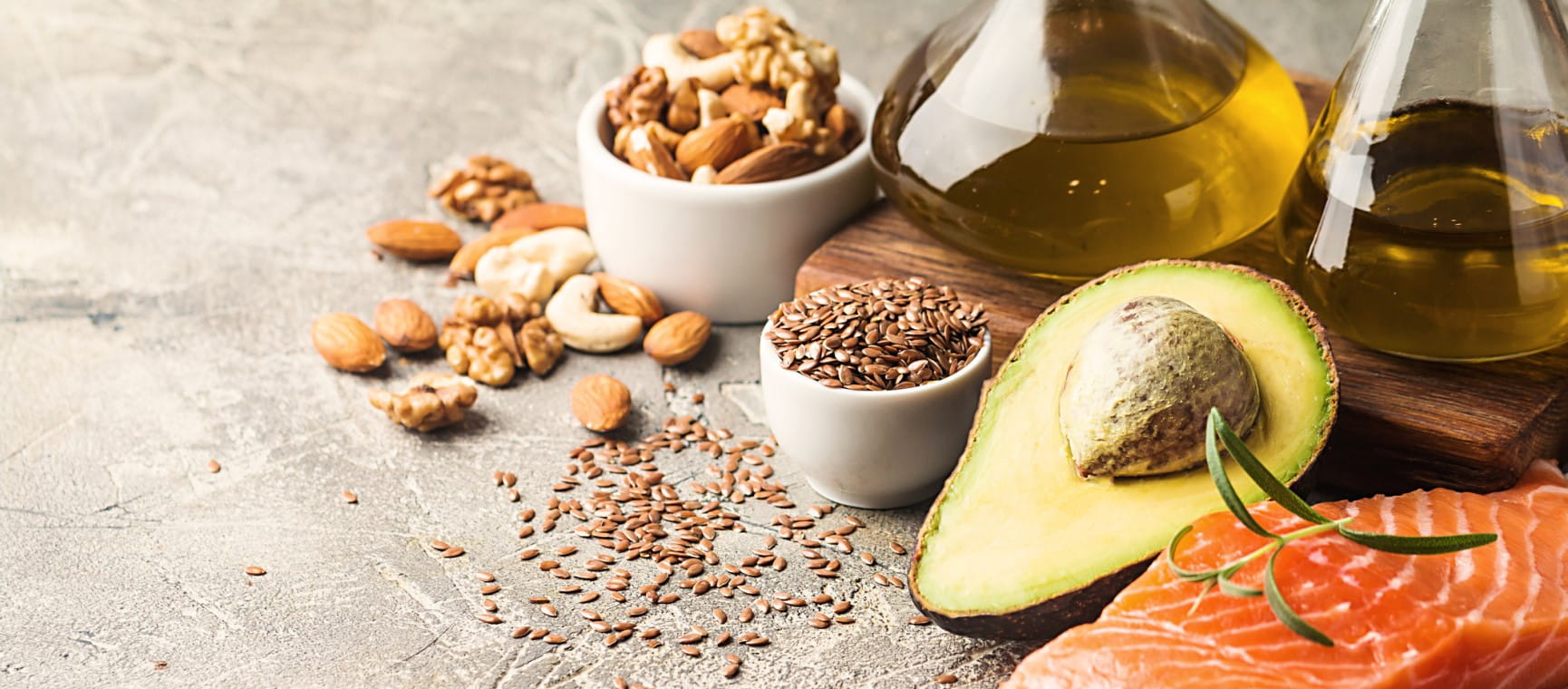
We’ve ranked some of the most popular fats we eat from best to worst.
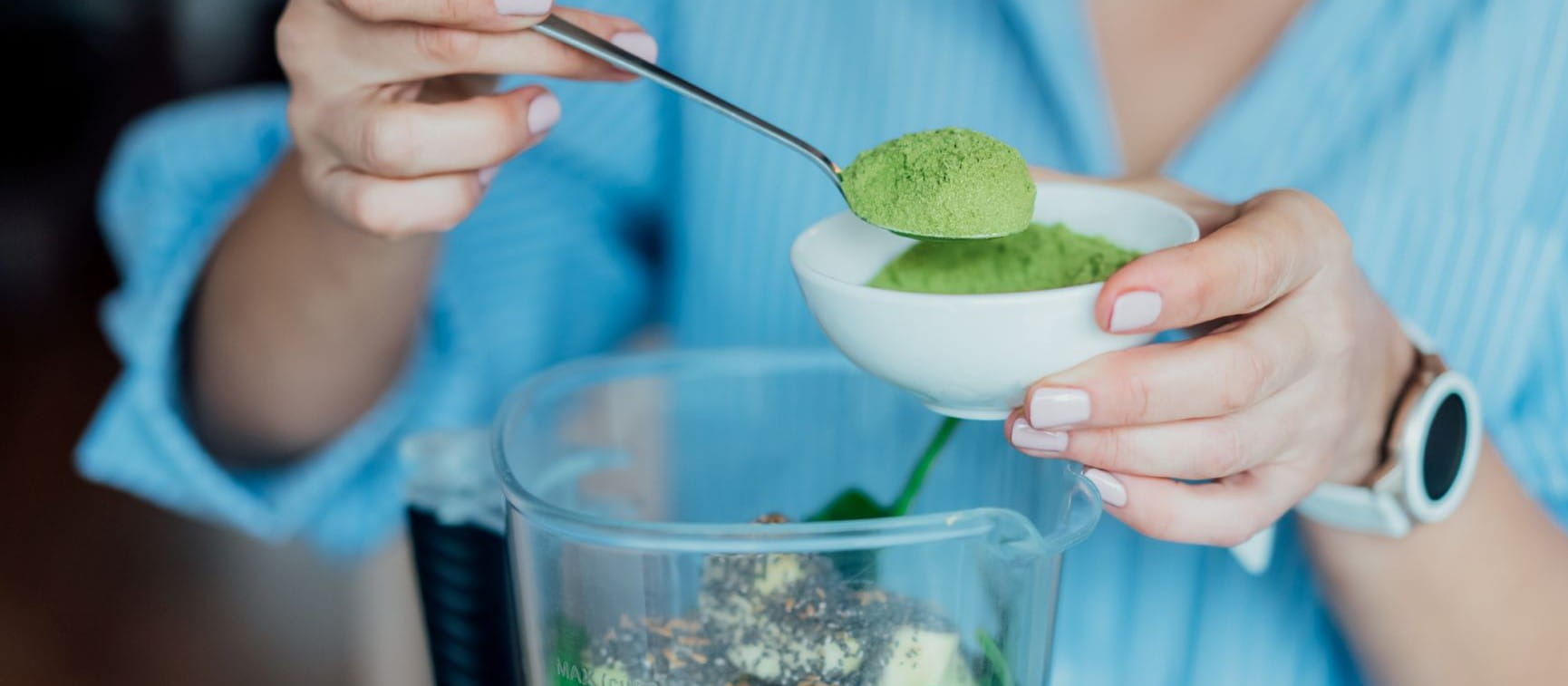
What are superfood powders and how useful are they? Experts reveal their choices of the best ones to try.
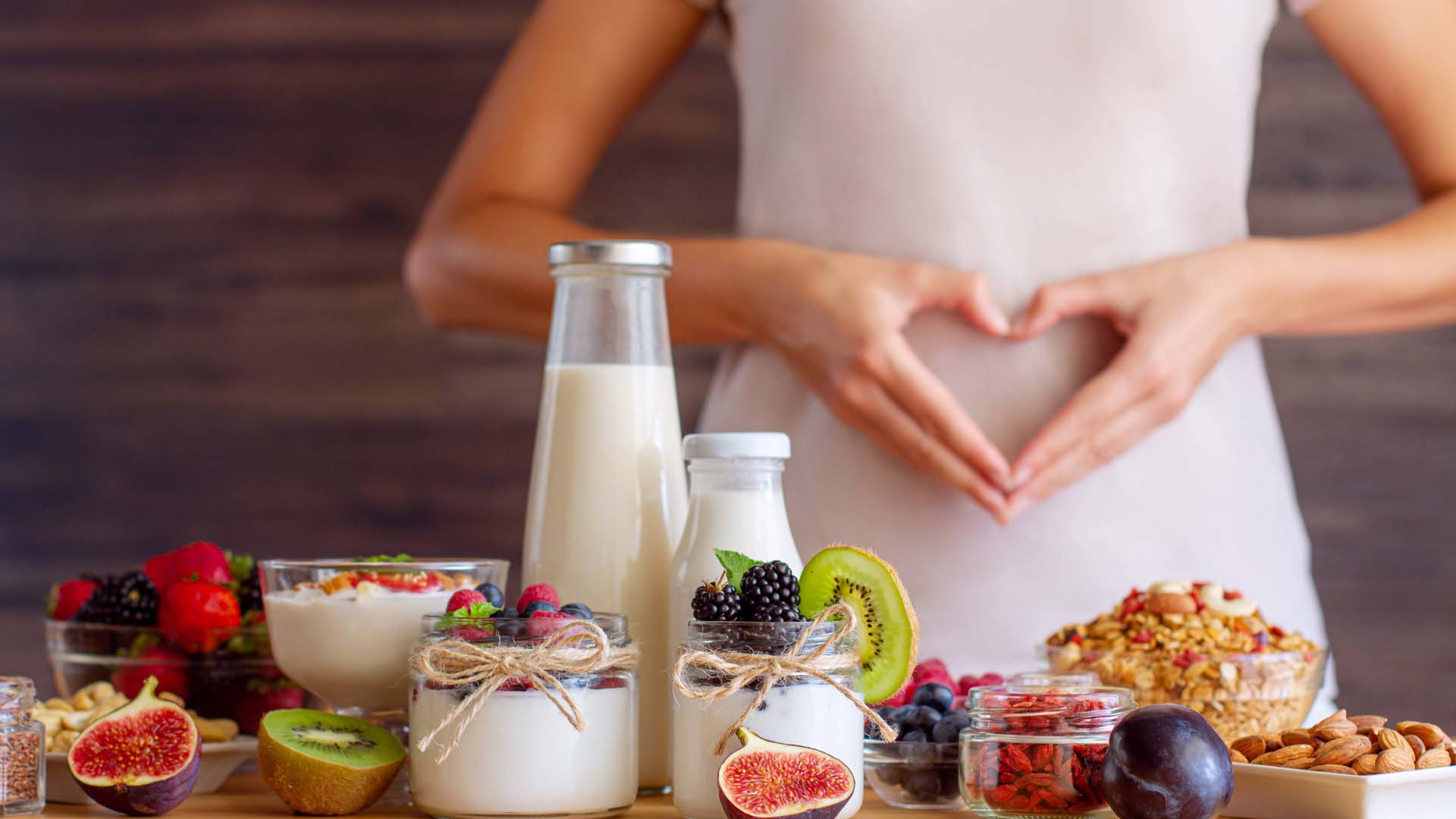
Looking after your gut health could be one of the biggest things that you can do for your overall health. Here are the best foods to keep your gut happy.
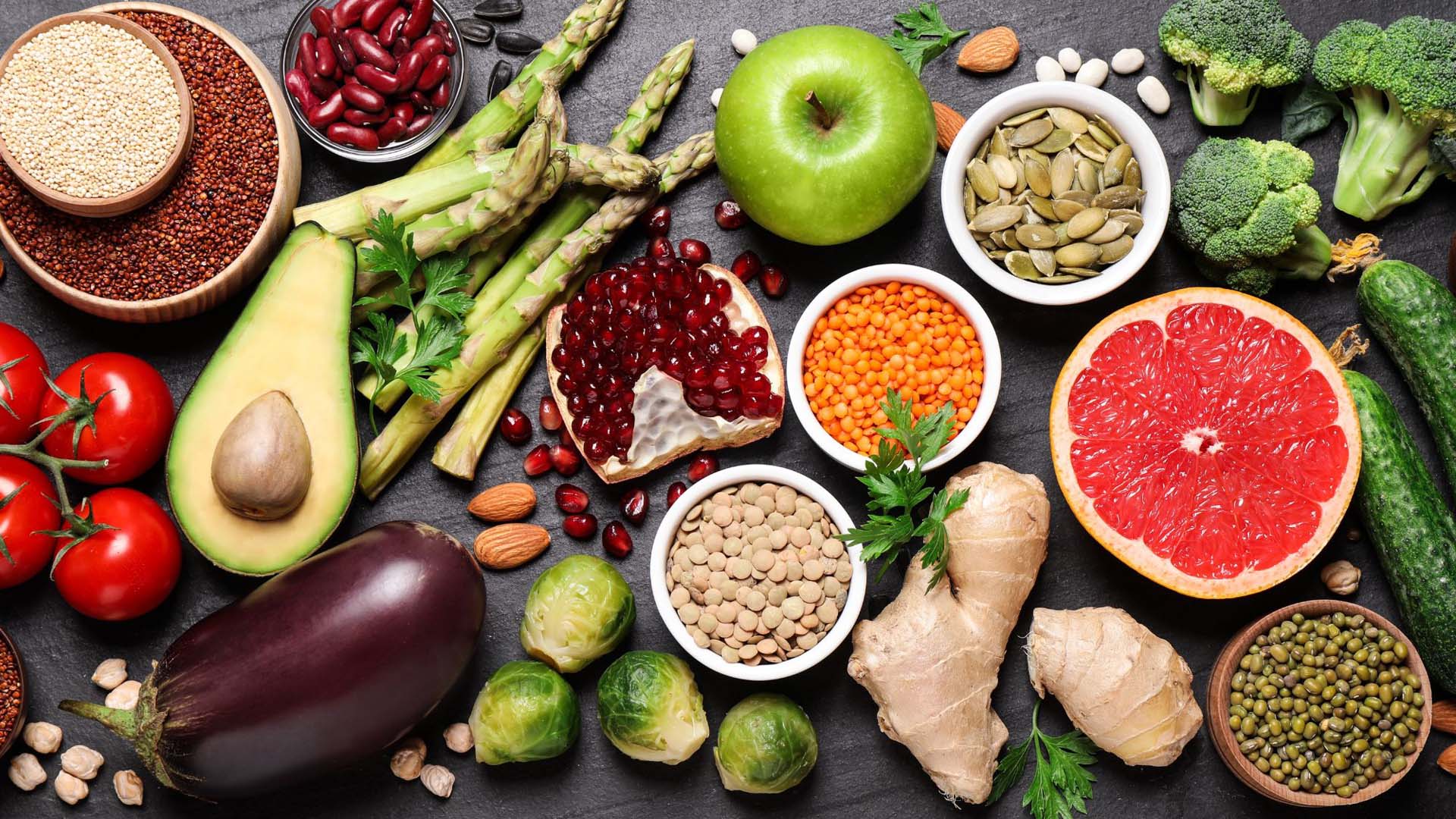
The foods that could help you live longer and protect against chronic illness.

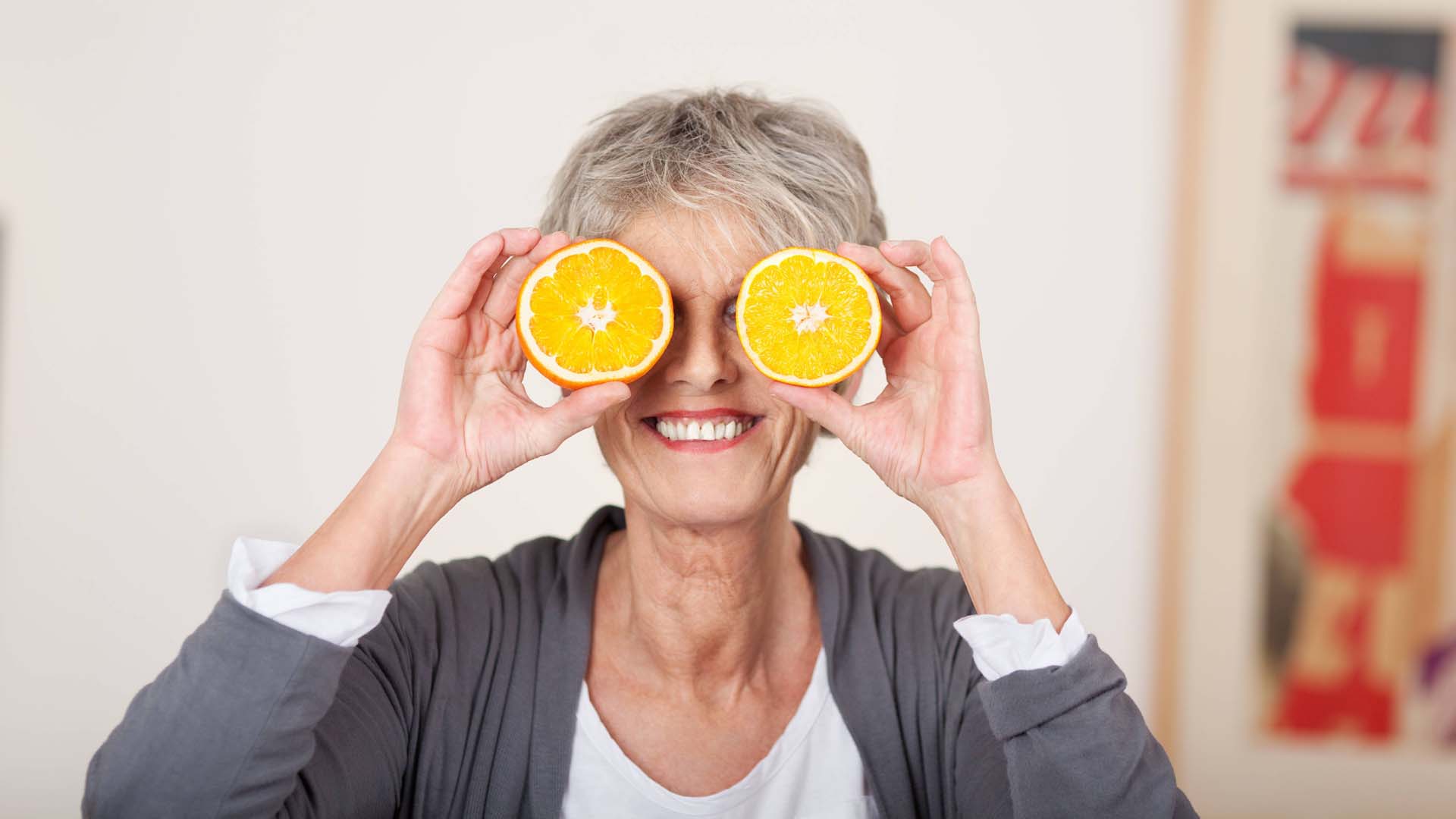
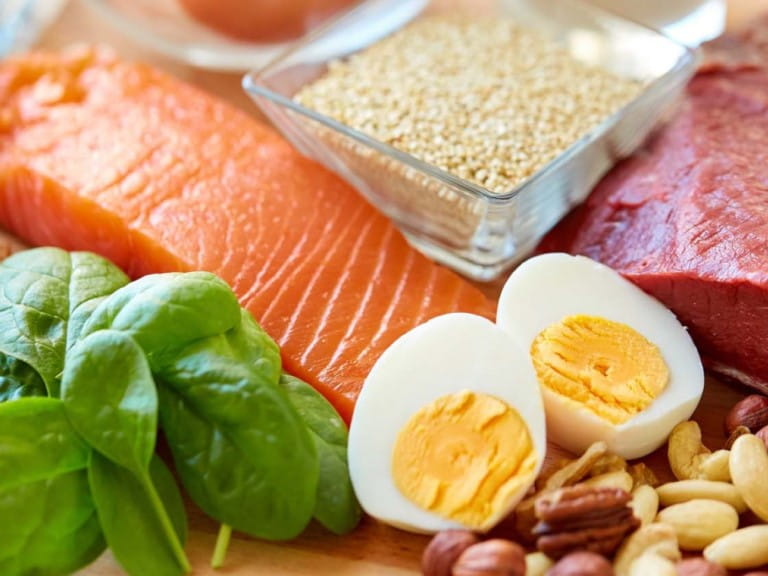
Everything you need to know about protein, from how it benefits your body to the best high-protein foods – and how much you really need.
